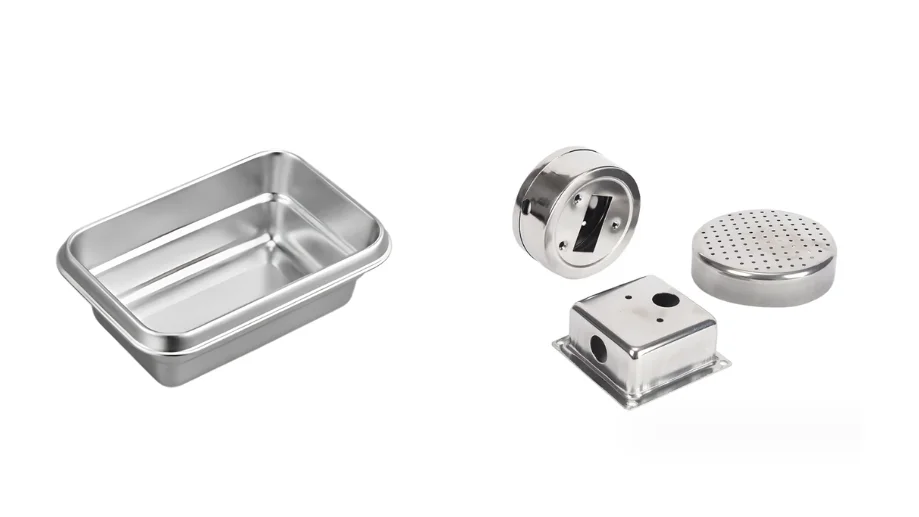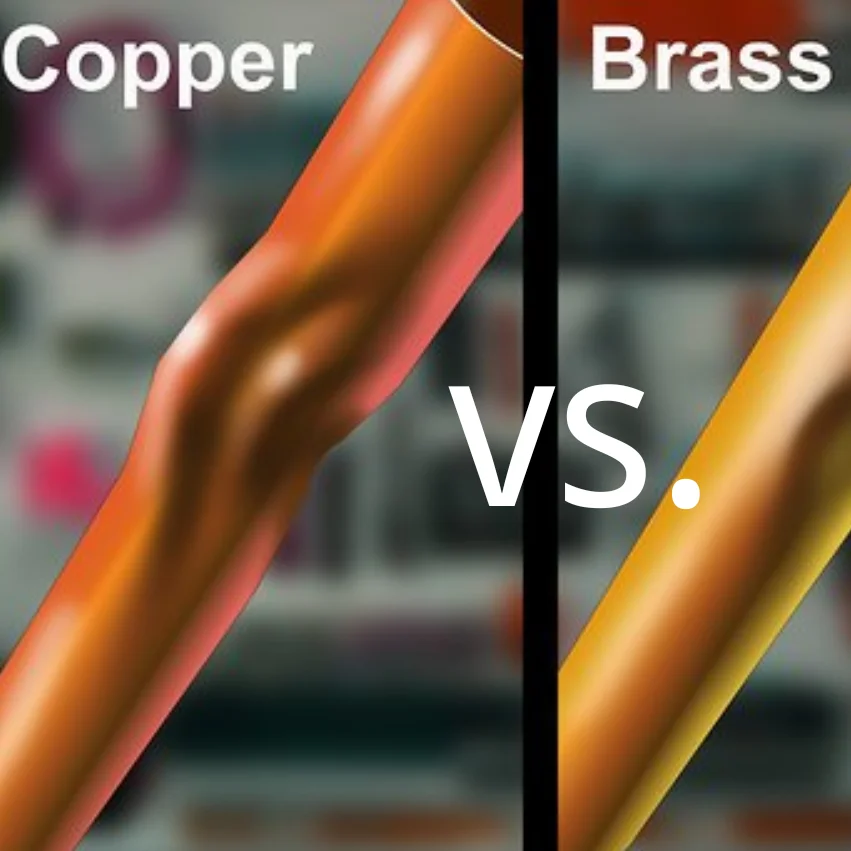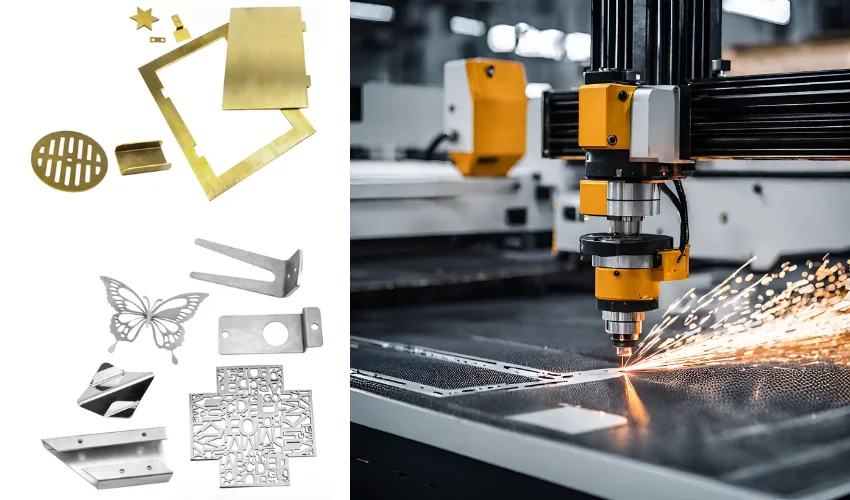A laser cutting machine is a high-precision, high-efficiency mechanical processing equipment, that uses laser cutting, engraving, and marking a variety of materials. It plays a great role in industrial production, construction, handicraft manufacturing, and so on. In this article, we will explain the main types of laser cutting machines, the factors affecting their price, and their common uses.
What are the Types of Laser Cutting Machines?
There are three main types of laser cutting machines. Each of these machines has its advantages in cutting different kinds of materials. Below is a list of which of the 3 types of machines are best suited for which type of material.
CO2 Laser Cutting Machine
CO2 laser cutting machines use CO2 gas as the laser medium and are widely used in cutting and engraving where high precision is required. They are particularly suited to handling non-metallic materials such as wood, plastics, and fabrics. However, different materials have different adaptability to laser cutting due to their different thermophysical properties and laser absorption rates.
| Makings | Thickness Range (mm) | Power Setting (watts) | Cutting Speed (mm/s) |
| Acrylic Fiber | 1 – 10 | 25 – 150 | 5 – 20 |
| Leathers | 0.5 – 5 | 40 – 100 | 10 – 60 |
| Cardboard | 0.5 – 10 | 30 – 80 | 15 – 70 |
| Template Paper | 0.5 – 5 | 20 – 70 | 10 – 50 |
| MDF (Medium Density Fiberboard) | 1 – 20 | 40 – 200 | 5 – 20 |
| Erasers | 1 – 10 | 30 – 100 | 10 – 60 |
| Fiberglass | 2 – 10 | 10 – 50 | 1 – 5 |
Fiber Laser Cutting Machine
Fiber laser cutting machine adopts fiber laser as the laser source, which is suitable for high-speed cutting and welding of metal materials (such as steel, aluminum alloy, copper, etc.). It has higher cutting speed and quality. In addition, the wavelength of fiber laser is in the range of 780 pm to 2200 pm, which is usually absorbed by metal. So some metals will reflect CO2 laser.
To learn more about the differences between the 4 common metals, click here.
Below is an exhaustive fiber laser cutting speed vs. power and material thickness comparison table that we have put together. This table integrates the thickness of materials that can be handled by laser cutting machines of different power levels. Helping you to choose the right laser power according to your specific cutting needs, to realize the best cutting effect and efficiency.
| Laser Power (W) | Carbon Steel Thickness (mm) | Stainless Steel Thickness (mm) | Aluminum Thickness (mm) | Brass Thickness (mm) |
| 1000W | 0.8 – 10 | 0.8 – 5 | 0.8 – 3 | 1 – 3 |
| 1500W | 1 – 16 | 1 – 6 | 1 – 4 | 1 – 3 |
| 2000W | 1 – 20 | 1 – 8 | 1 – 6 | 1 – 5 |
| 3000W-3300W | 1 – 22 | 1 – 10 | 1 – 8 | 1 – 6 |
| 4000W | 1 – 25 | 1 – 15 | 1 – 10 | 1 – 8 |
| 6000W | 1 – 30 | 1 – 20 | 1 – 20 | 1 – 12 |
| 8000W | 1 – 40 | 1 – 30 | 1 – 30 | 1 – 16 |
| 10000W | 1 – 45 | 1 – 40 | 1 – 40 | 1 – 20 |
| 12000W | 1 – 50 | 1 – 45 | 1 – 45 | 1 – 20 |
| 15000W | 1 – 60 | 1 – 50 | 1 – 40 | 1 – 20 |
YAG Laser Cutting Machine
YAG laser cutting machine is a device that utilizes the power of neodymium-doped yttrium aluminum garnet crystals as a cutting tool. The YAG laser cutting machine is capable of achieving high-precision cutting of a wide range of metal materials, including steel, stainless steel, copper, and so on. It can also cut metal parts of various shapes and sizes, such as sheet metal and pipes.
Understanding Laser Cutting Machine Prices
When considering the purchase of a laser cutting machine, it is important to first understand the factors that affect its cost as well as the price range of different types of machines.
1. Factors Affecting the Cost of Laser Cutting Equipment
The cost of a laser cutting machine is affected by many factors, a few of the main ones are listed below:
- Models and specifications. Different models and specifications of laser cutting machines have different functions and performances, and their prices are also different. In general, the higher the power, the larger the cutting area, the higher the price.
- Cutting speed and precision. Cutting speed and cutting precision is a key technology of laser cutting machines, which has a great impact on cutting efficiency and the quality of the final product. The faster the cutting speed and the higher the precision, the higher the price.
- Cutting Area. The cutting area is the largest area that can be cut by the laser cutting machine. Since the laser cutting machine can process larger parts, the cost of a laser cutting machine with a large cutting area is higher.
- Manufacturing quality and brand. The production quality and brand also have a certain impact on the price of laser cutting machines. The price of a laser cutting machine with a famous brand and good quality will be relatively high, but its performance and stability are more reliable.
2. Prices of Different Types of Laser Cutting Machines
A laser cutting machine is a high-precision processing machine widely used in various industries and its price can vary depending on the type and specifications. Below is an overview of several common types of laser-cutting machines and their price ranges
- CO2 Laser Cutting Machine. The CO2 laser cutting machine is suitable for cutting and engraving non-metallic materials such as wood, plastic, fabric, etc.. Their price range is usually between $8,000 and $50,000, and their output power is between 100W and 500W.
- Fiber Laser Cutting Machine. It is suitable for high-speed cutting and welding of metal materials, such as steel, aluminum alloy, stainless steel, and so on. Its price range is usually between $20,000 and $500,000, and its power output ranges from 500W to 20KW.
- Metal Laser Cutting Machine. A metal laser cutting machine is suitable for cutting all kinds of metal, such as steel, stainless steel, aluminum alloy, copper, and so on. Their price range is usually between $15,000 and $300,000.
- Small Laser Cutting Machine. Small laser cutting machines are suitable for teaching laboratories in schools and research organizations. They can be used for teaching demonstrations, student experiments, and scientific research projects such as cutting thin wood panels, plastic panels, cardboard, and other materials. Their price range is usually between $2,000 and $15,000.
Application Areas of Laser Cutting Machines
Laser-cutting machines have a wide range of applications in various industries, the following are some of the major industries
1. Metalworking Industry
Laser cutting machine has a wide range of applications in the metal processing industry, used to cut a variety of metal materials, plate, tube, and profile cutting equipment. It is widely used in automobile manufacturing, aerospace, shipbuilding, and body parts manufacturing.
2. Electronics Manufacturing Industry
Laser-cutting machines can be used in the electronics manufacturing industry to cut and process metal housings, plastic housings, heat sinks, and other parts of various electronic devices.
3. Construction and Decoration Industry
Laser cutting machine also has an important application in the building decoration industry, can cut all kinds of building materials. Such as steel plates, aluminum plates, glass, stone, and so on, used to make building decoration panels, doors, windows, railings, and so on.
What are The Advantages and Disadvantages of Laser Cutting?
Laser cutting is one of the thermal cutting methods that allow for vapor, melt, and oxygen cutting, scribing, and controlled fracturing. It replaces the traditional mechanical cutting machine with an invisible beam. This new technology cuts quickly, accurately and at low cost, and can cut any shape and pattern. It is an advanced version of traditional cutting tools. Besides the advantages, it also has its disadvantages and limitations.
Advantages
- Low cost of use and no consumables, which helps manufacturers to reduce manufacturing costs.
- No mechanical stress on the cut, no shear burrs. High precision, good repeatability, no damage to the material surface, smooth cutting edge.
- CNC is programmed to cut any flat surface and cut entire large format parts without molding.
- The mechanical part of the cutting head has no contact with the part and will not scratch the surface of the part while working.
- The cutting speed is fast, the cut seam is smooth and flat, and follow-up cutting is usually not required.
- Small heat-affected zone, small plate deformation, for precision fine cutting.
Disadvantages
- Due to thermal cutting, the edge portion tends to stick during the multi-layer cutting process, which has a significant impact on the quality.
- Due to the short wavelength of the laser, it is easy to cause damage to human eyes. Users can choose to wear special protective glasses to minimize the damage.
- Due to the thin cut of the fiber laser, gas consumption is high (especially when working with nitrogen).
Reach a Verdict
After understanding the basic principles and application areas of laser cutting, you need to choose the right cutting service. We offer a variety of laser cutting services, including tube laser cutting, laser cutting nearby, metal laser cutting, laser tube cutting, and CNC laser cutting. These services ensure that your work is precise and efficient, helping you save time and minimize material waste.
Learn more about our specialized laser-cutting services for your project needs. Contact us today for a quote on your project.






